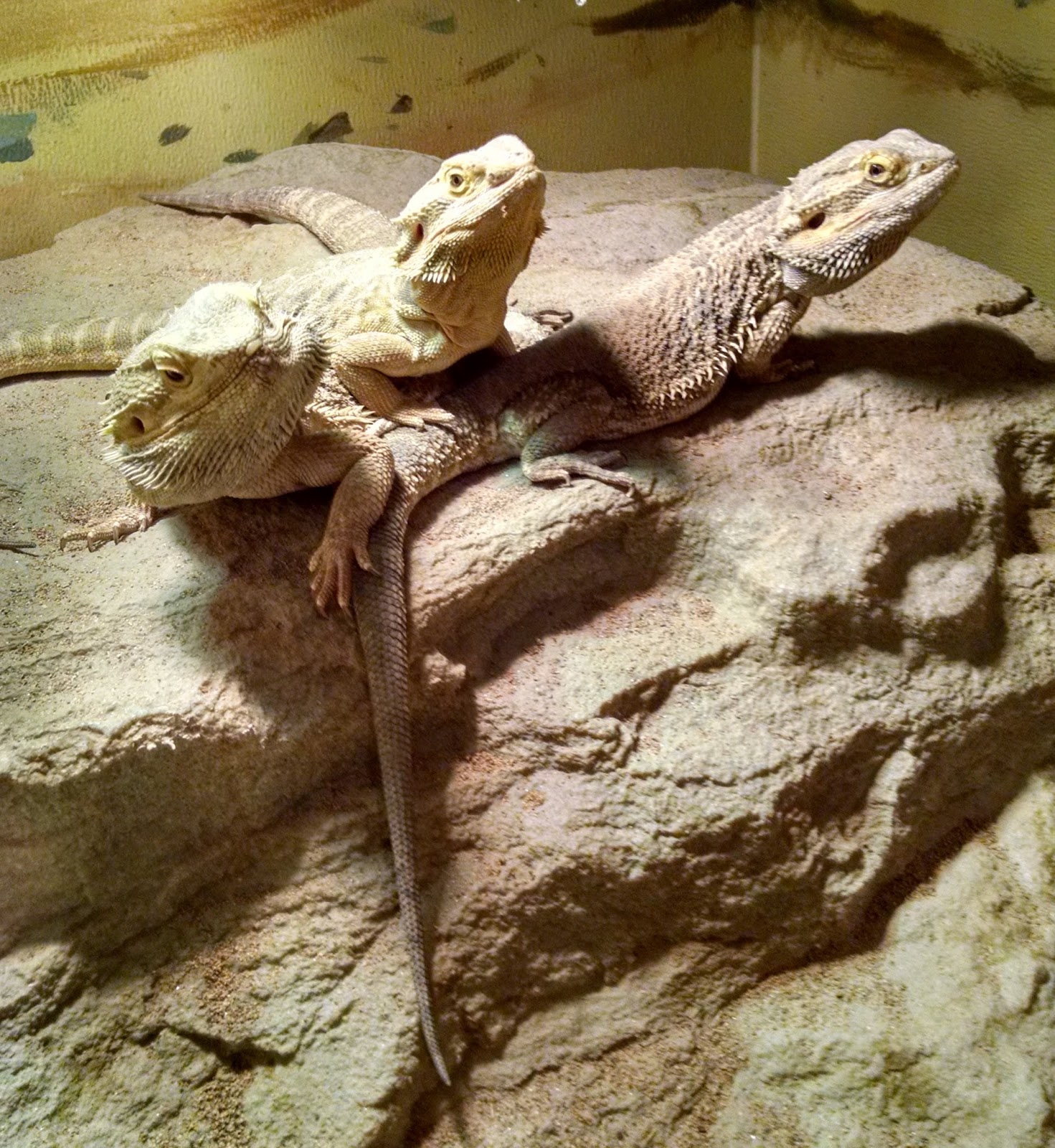The Ultimate Guide to Understanding the Third Eye on Bearded Dragons
Introduction
Bearded dragons are a popular choice for reptile lovers as they are known for their unique features, docile nature and playful personalities. These lizards are fascinating creatures with a lot of intriguing aspects, one of which is the third eye.
Have you ever noticed a small, shiny spot on the top of your bearded dragon’s head? That is the third eye, also known as the pineal gland. Unlike the other two eyes, this is not used for seeing the world around them. Instead, it has a unique function that plays a vital role in the health of your bearded dragon.
What is the Third Eye on Bearded Dragons?
The third eye on bearded dragons is a small, round structure located on the top of the head between the two eyes. It is not used for seeing in the traditional sense. Instead, it is used primarily for detecting changes in light and temperature, which are critical factors in the regulation of important physiological functions such as sleep and reproductive behavior.
What Does the Third Eye Do?
As mentioned earlier, the primary function of the third eye on bearded dragons is to detect changes in light and temperature. This plays an integral role in the regulation of their body temperature, which is crucial for their overall health.
Another important function of the third eye is regulating melatonin production. Melatonin is a hormone that is responsible for regulating the sleep-wake cycle in bearded dragons. The pineal gland is a major site of melatonin synthesis, so any imbalances can lead to sleep disturbances or other problems.
Additionally, the third eye plays a role in regulating the reproductive behavior of bearded dragons. It helps to determine the timing of the breeding season based on seasonal changes in light and temperature.
How to Care for the Third Eye on Bearded Dragons
The third eye on bearded dragons is a delicate structure that requires careful attention. Here are some tips on how to care for this unique feature:
Provide Adequate Lighting
Lighting is one of the most crucial factors in the care of bearded dragons. They require both UVB and UVA light in their enclosures to mimic the sun’s rays that they would receive in their natural habitat. Without adequate lighting, the third eye and other important physiological functions may be adversely affected.

Maintain Proper Temperature
Bearded dragons require a warm basking spot, as well as a cooler area to regulate their body temperature. The third eye plays a critical role in sensing changes in temperature, so it is important to provide the appropriate temperature gradient within their enclosure to keep them healthy.
Keep Enclosure Clean
Regularly cleaning the enclosure is important for maintaining a healthy environment for your bearded dragon. A dirty enclosure can lead to bacterial infections and other health problems, which can have a negative impact on the third eye and other physiological functions.
Conclusion
Understanding the third eye on bearded dragons is an essential aspect of their overall care. By providing the proper environment and care, you can help to ensure that this unique feature remains healthy and functional, which is vital for the overall health and wellbeing of your bearded dragon.

